And how a system can sustain your process
I hope it works!
I hope this piece is the one!
I hope my personal visual identity will emerge this time!
Isn’t hope marvellous? It’s that thing that gets you fired up at the inception of a new idea.
The anticipation of what’s to come fizzes as you dive boldly into the making process. The excitement of creating a work of textile art that fulfils your unique vision rises up.
But is hope alone enough to sustain your creativity?
Without a clear path forward, your initial enthusiasm for a project can quickly dwindle. Randomly trying this and that without a plan can lead to confusion and disappointment. Your idea simply isn’t coming to fruition in the way you imagined. And hope begins to fade!
Let’s look at 5 downfalls of the ‘I hope it works’ approach to creativity (or as we sometimes call it, the ‘Hit and Miss’ method) and explore the alternative – a more systematic strategy for making textile art.
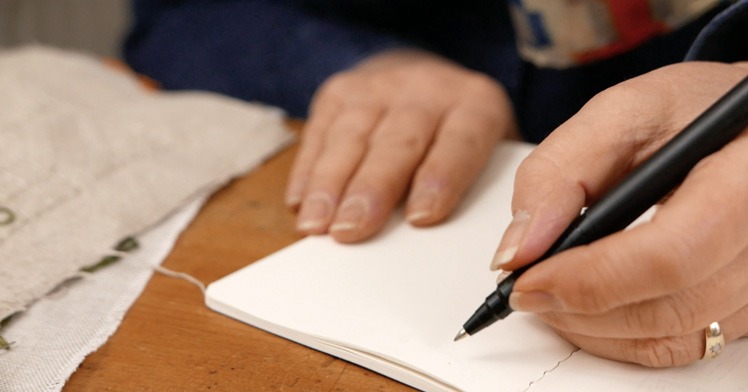
5 failures of ‘I hope it works’
If you don’t know your destination how can you hope to get there?
Picture the scene. It’s a beautiful, bright sunny day. You’ve driven out to the country for a picnic and after lunch you decide to take a long rambling stroll in the nearby woods. You don’t have a specific end-point in mind. You just want to drink in nature and breathe fresh air. Idyllic!
But an hour later and you’ve lost your bearings. You don’t have any idea of where you left the car. And it’s getting dark. Then the rain sets in. And now you’re wet, tired and frustrated beyond belief.
Using the ‘I hope it works’ approach to creativity can be similar.
But having a clear goal and a structure for how you’ll achieve that goal means a lot of the tough decision-making is done in advance.
By the way, this doesn’t mean you can’t embrace mistakes. Or veer from your planned pathway. It doesn’t mean you can’t be surprised.
But a system will get you started and free you to to forge ahead with confidence, creativity and yes, hope!
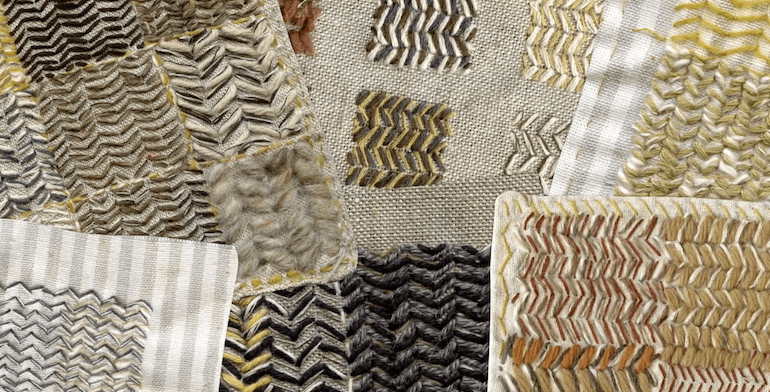
You can’t break rules if there aren’t any rules in the first place!
Without boundaries to push, you’re likely to fall back on what you’ve done before and any new discoveries will be made purely by chance, if at all. Repetition and imitation kill your forward momentum (and your hope).
A system that sets out a clear structure for experimentation forces you to look for the path less travelled so discoveries become an inherent part of the process.
Textile artist and Chair of the 62 Group of textile artists Sue Stone (my mum!) has a way of experimenting with a limited range of simple textile techniques by making samples. She takes what she learns from making one sample forward into the next. Eventually the ideas generated make their way into her textile art.
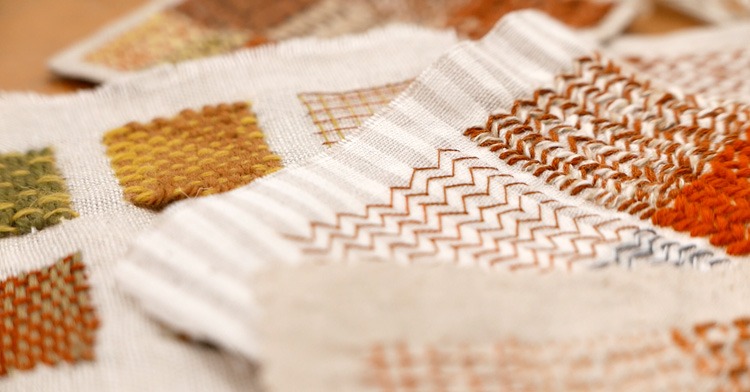
How do you progress if you don’t reflect?
Without a system, each piece is like starting from scratch.
Your art may well evolve but you’re relying heavily on luck (and a bit of hope).
With a system you always have something to build on, a conscious lesson to be learned.
And with each new piece, you’ll become more playful and find more inventive ways to exploit your techniques and materials. So your personal style will develop in a logical and organic way.
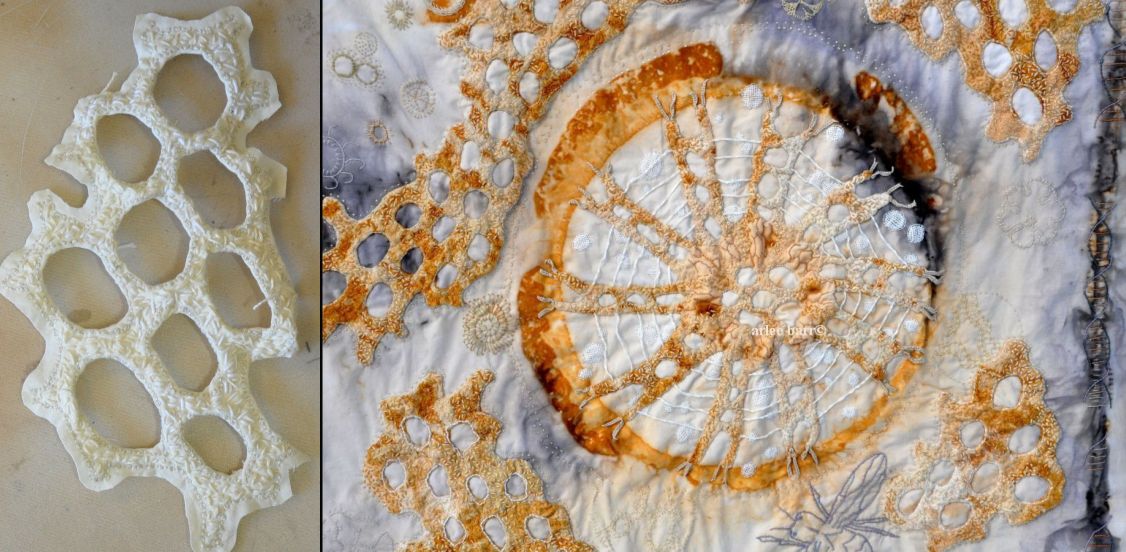
Relying on hope can kill your confidence!
If you have no objective, you have no criteria. How can you be satisfied with what you create if you have no idea what you were aiming for in the first place?
And when disappointment kicks in halfway through your process, you’re likely to lose momentum. That leads to procrastination and maybe eventually just giving up altogether.
Fiber artist Arlee Barr talked to us about how a system of developing ideas made her more productive.
“I used to just jump in blindly, without any experimentation or testing first, but I’ve realised that’s probably why there are more unfinished pieces in my studio than finished!”
With a systematic approach, you’re no longer striving for some abstract version of perfection. Instead you’re striving to fulfil a goal. And with each goal you fulfil, your confidence and self-worth will grow.
And to re-iterate – the goal should be flexible. As you become more and more involved in the process itself, your instincts will take over and you may end up creating something that goes beyond your original vision.
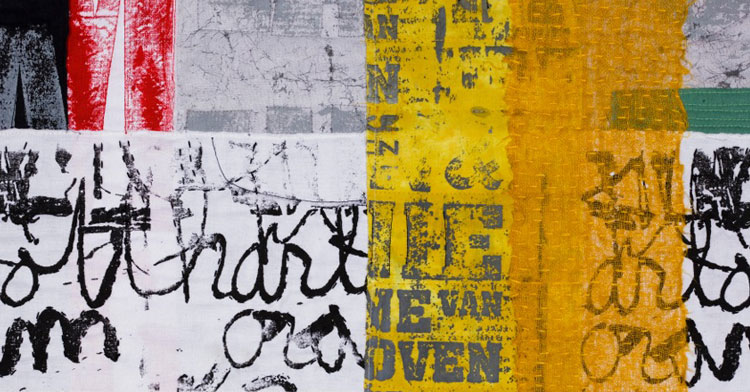
Without a system, building a consistent, disciplined practice is a nightmare!
The ‘I hope it works’ approach makes creativity a struggle because you don’t have a ritual – a specific way of beginning and following through.
So even if you do manage to get started, distractions like social media, the washing up or walking the dog are always an easier option, especially when you feel uninspired.
Jette Clover is a collage artist from Copenhagen, and relies on consistent structured experimentation. She told us:
”For several years, I’ve been starting my day by making a small paper collage, spending about 1/2 hour with myself and my materials.”
With a system, regular practice becomes second nature because you aren’t waiting for the muse to strike – you know how to work on your craft with or without inspiration and in spite of distractions.
Here at TextileArtist.org we’ve interviewed over 500 textile artists. The range of work they produce and their capacity for innovation is breathtaking. And the vast majority of them have something in common.
They know how to get started if they’re feeling stuck. They have a clear path forward so they don’t stagnate. And they have a means of experimentation that offers them constant inspiration for new work.
And because of this systematic approach to their work, hope sustains!
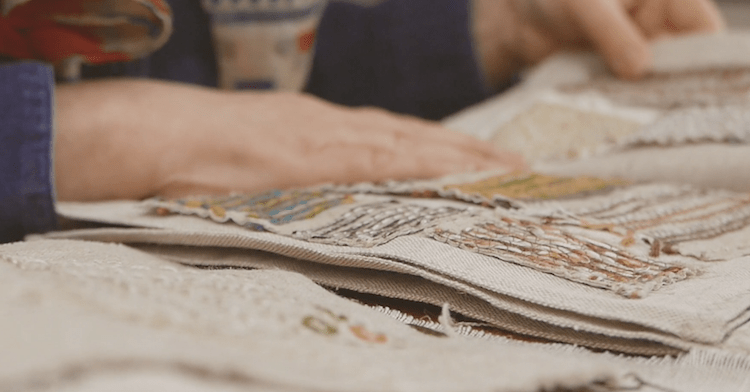
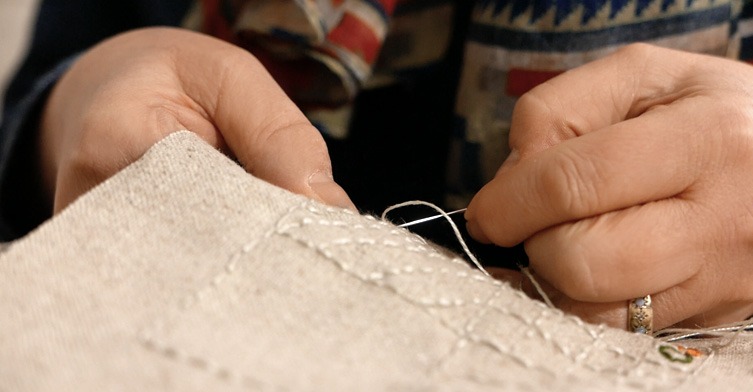
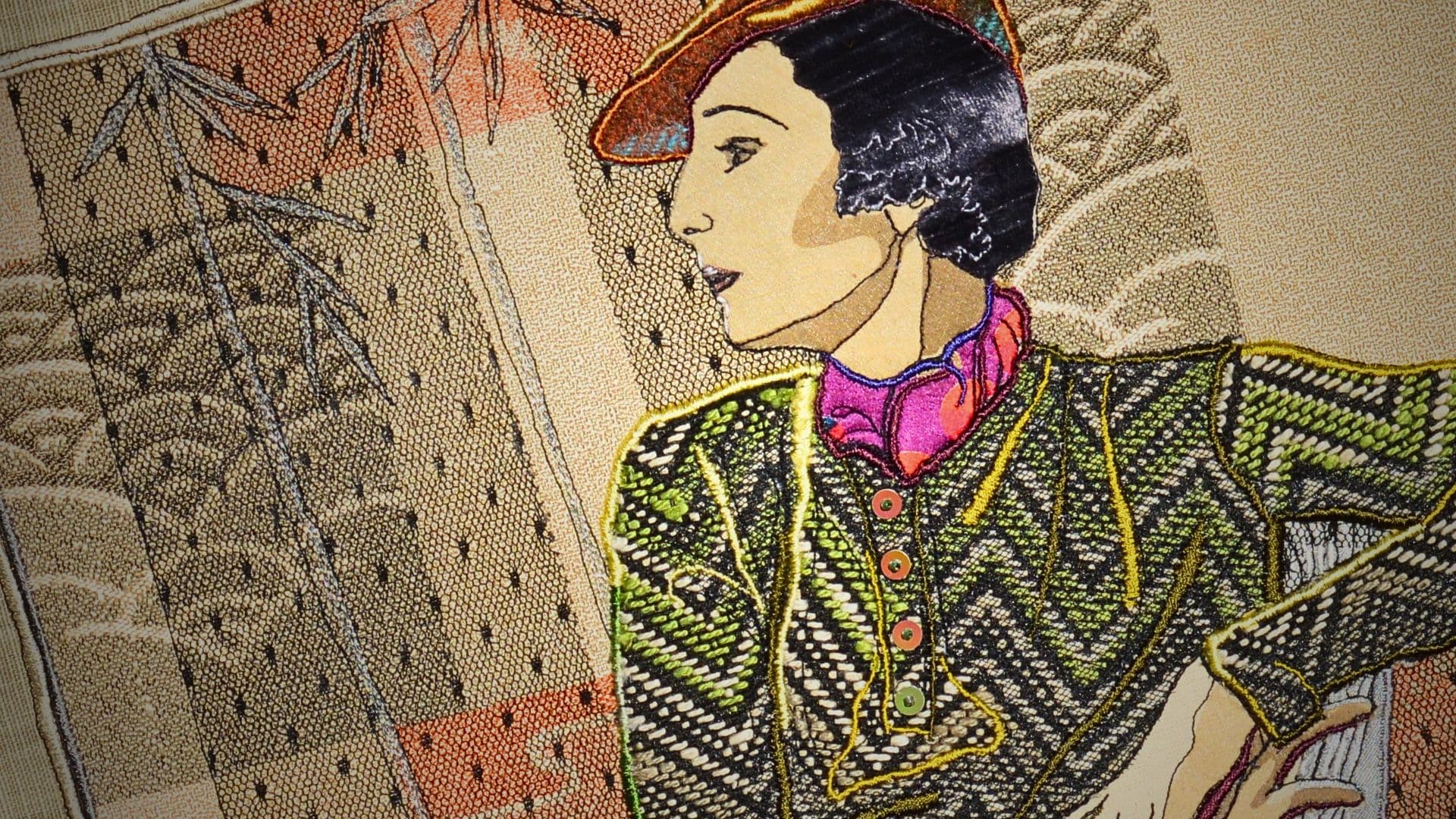
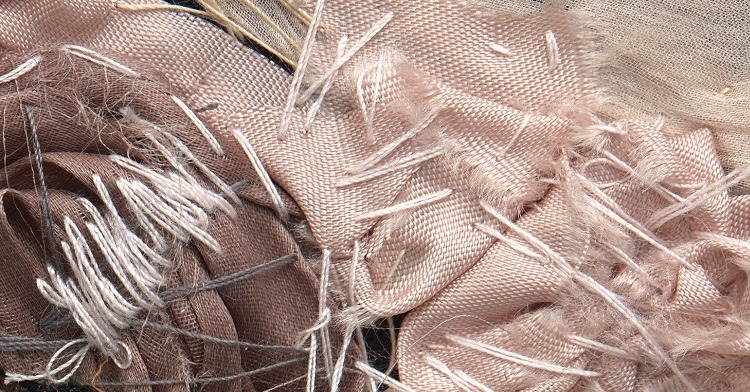
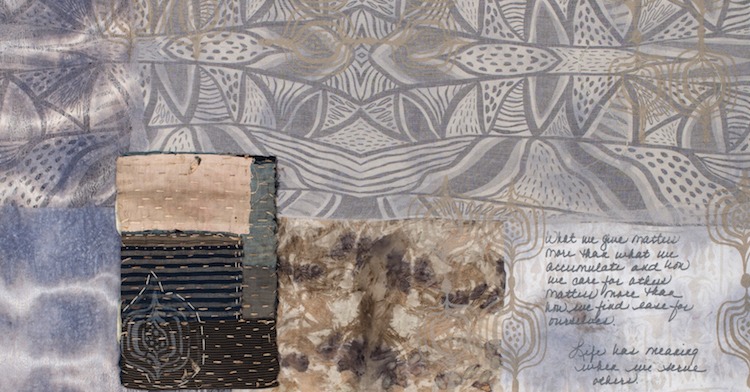
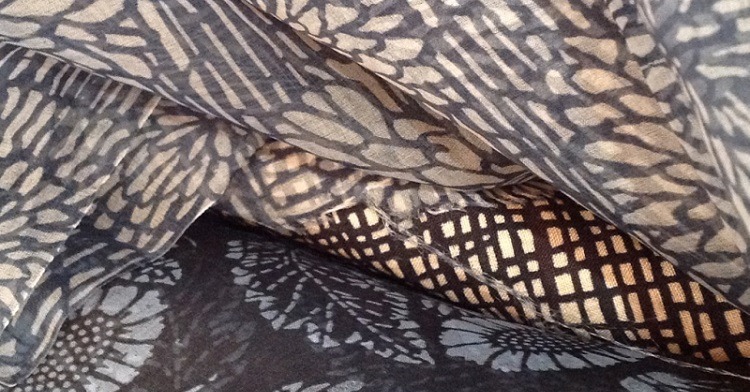
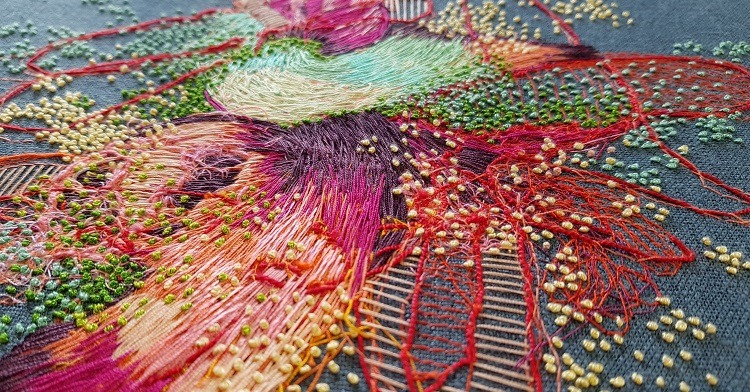
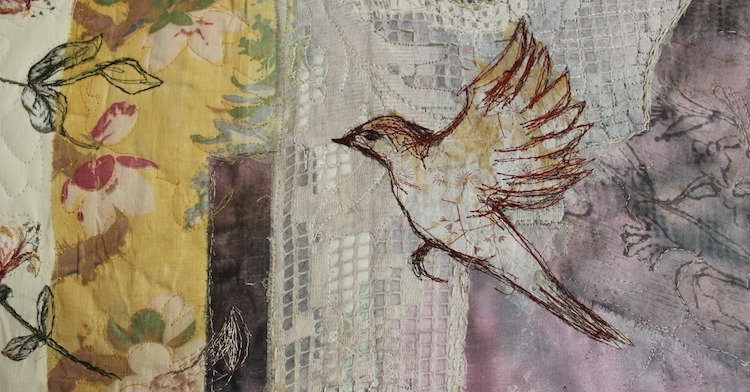
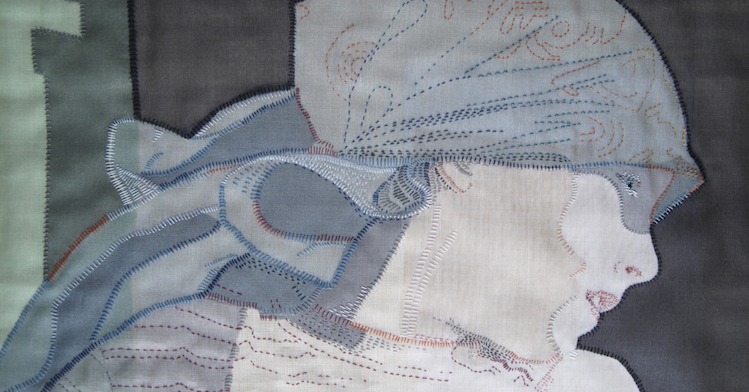
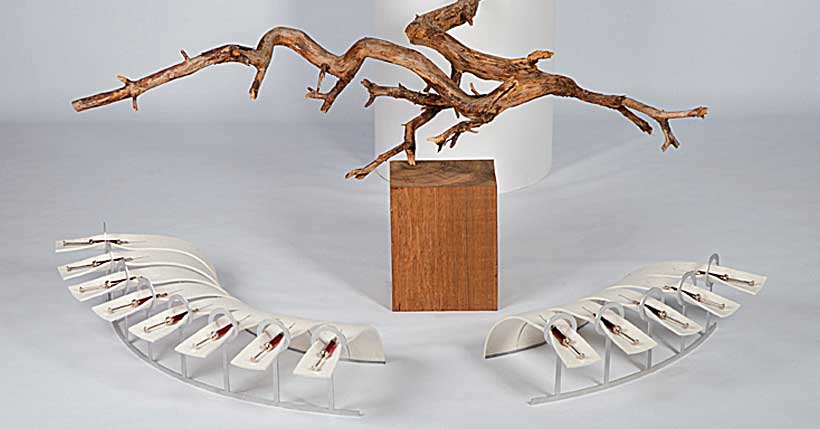

Comments